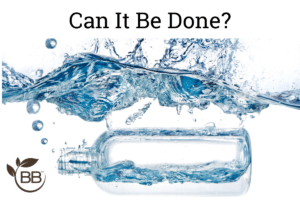
The plastic crisis plaguing today’s modern world is staggering. If you don’t believe me, here are some basic statistics for you:
- In 1950, we globally created up to 2 million tons of plastic per year. This has increased almost 200-fold as of 2015
- As of 2017, over 8.3 billion tons of plastic have been created and introduced to the world.
- Of that conservative estimation of 8.3 billion tons of plastic, only an estimated 6.3 billion turned into plastic waste.
- Approximately only 21%-30% of plastic is recycled. This means there is 70%-79% of plastic left in landfills and our oceans after recycling and incineration is calculated.
Problems With Current Biodegradable Bottles
It does not take a rocket scientist to see these are not good numbers. Less than 50% out of the estimated 480 billion plastic bottles sold as of 2016 were recycled. A strong percentage of these plastic bottles were water bottles. It is generally understood that some products (water, powders, etc.) will store better in biodegradable bottles than others will. The material the biodegradable bottle is made from is a major contributing factor when looking at what will be shelf-stable in a biodegradable bottle. Powders, tablets, and other solid materials will be more stable in less than ideal biodegradable bottle materials. Liquids such as water, juices, etc. will require a stronger biodegradable bottle composite in comparison. Let’s take a look at some current problems with the biodegradable bottles on the market.
Decompose Too Quickly
The biggest benefit of current biodegradable bottles on the market is also a glaring problem. Current biodegradable bottles break down when introduced to light and heat. The breakdown of bottles will often occur prior to selling a bottle. Let’s say you have a green detox juice product in a biodegradable bottle designed to break down when exposed to UV light and/or heat. On paper, this sounds great. You’re making an environmentally-conscious purchase, and once finished with the juice you can throw the bottle away knowing even if it ends up in a landfill it will break down easily.
The product inside remains intact as long as the bottle is stored in a temperature-controlled room or shelving unit with minimal light exposure. However, if there is any variance in storage conditions, the bottle can quickly become compromised, and the product spoiled. Nothing sucks quite like opening your package to find the bottle partially decomposed and your detox juice all over the place (true story….it sucked cleaning it up).
Cost of Biodegradable Bottles
This one should be obvious, especially in today’s economy dealing with inflation. We are all aware that prices on everything (except Arizona iced tea🤙🏼) keep on rising. When you’re a business, you are not immune to rising costs. Suppliers, manufacturers, distributors, storage units, etc. will all raise prices as well, which means the product cost for the consumer must rise so the business can ideally make a profit or break even as a hopeful worst-case scenario. While this product cost is a pain in our wallets, it’s a pain in the business’s wallets too. Creating bottles without harmful chemicals or other unwanted is already costly.
Taking into consideration recent inflation, the cost rises even higher. We all want a quality product, but the more quality that goes in, the more expensive the product becomes for all parties. If the biodegradable bottle becomes too expensive for consumers, the business ends up pricing themselves out. This makes it difficult for some producers to create a quality product that is healthy for consumers, environmentally friendly, and reasonably priced.
Potential Health Concerns
There are materials such as bamboo, sugarcane, etc. used to make biodegradable bottles. However, biodegradable plastic still comes with inherent risks. Harmful chemicals, carcinogens, and other toxic materials are often a talking point. The big acronyms to know in this conversation are BPA and PET. Bisphenol A (BPA) is an industrial chemical compound plastics have used since the 1950s. The most common compound used for plastic production would be PET or polyethylene terephthalate. PETs are a staple for the production of single-use plastic bottles.
Making any type of plastic (bioplastics included) without contaminants like BPA or PETs is not only costly but difficult. As stated, these and other plastic chemicals have the potential to be carcinogenic. Also, resins and other materials can increase the risk of diabetes, infertility, low testosterone, hormonal imbalances, and more. In recent years, there has been plenty of research showing hormonal issues as a serious concern.
Marketing Appeal
If you want a product to sell well you have to market it well. This means that consumers have to buy into what you’re selling them. If consumers don’t get behind the product, the business won’t make any money. So it is in the best interest of businesses to take into account consumer appeal. Most plastic bottles sold today are clear, so you can see what is inside. This goes for water bottles especially but is also common for juices, certain supplement powders, etc. Companies do this because it sells well. Consumers want to be able to see exactly what they are buying.
Unfortunately, many biodegradable bottles on the market today end up compromising on the clear bottle for a colored bottle. This means you can’t see what’s inside the bottle. Since clear bottles are what consumers are accustomed to, it makes sense clear bottles are the preference for many. Consumers are more likely to buy the clear “bad for the environment” clear bottle over the brown “good for the environment” bottle.
Current Alternatives to Biodegradable Bottles
Of course, companies try to fight back with alternatives to biodegradable bottles made from plastics to other earth-friendly options. There are pros and cons to each of these, but we can briefly explore some of the popular alternatives to biodegradable bottles.
Glass
This material is the O.G. of plastic alternatives. Cultures as far back as 1500BC used glass for bottling goods. Glass has plenty of good things going for it. Furthermore, glass is generally non-toxic and rarely if ever associated with any negative health impacts. It is not very porous, so there is less likelihood of chemicals or other materials leeching into the product inside. Glass does not decompose easily so it is very shelf-stable and will keep certain materials fresh for a very long time. Glass is recyclable, reusable, and biodegradable (it’s just sand repurposed with very high temperatures).
The big issues come with the cost associated with glass. Part of the reason plastic replaced glass in many sectors is due to the cheap cost associated with producing and transporting plastic vs glass. Another reason plastic took over was that plastic is lighter, again decreasing cost and increasing convenience for all parties. Furthermore, glass is easy to break. Plastic is more durable than glass. Lastly, to prevent any breaking, the glass will be in plastic usually. With all this in mind, it’s easy to see from the business side why plastic is still the predominant choice.
Aluminum
This one is one many will be familiar with. If you’ve ever gone to a sports store to purchase a reusable water bottle for the gym or for adventuring out, the big two choices are aluminum bottles or plastic bottles. Aluminum, like glass, is a safe non-toxic alternative to biodegradable bottles. Also, aluminum is infinitely recyclable. Aluminum is also a good choice for products that require a high level of temperature resistance. This means exposure to light will not spoil or heat up what’s inside the aluminum bottle nearly as quickly as other materials like glass or plastic.
Some of the cons of aluminum are it dents easily and tends to leech materials into the product the same as plastic. Also, some aluminum does contain BPA, so some health risk is there. You’ll have to be mindful of the brand of aluminum you use to watch out for those contaminants.
Organic Plant-Based Materials
These alternatives use plant waste and other organic materials to create a biodegradable bottle that is non-toxic. These materials come from things such as algae, sugarcane, bamboo, trees, and other organic materials that use little energy to produce bottles.
The benefit of these bottles is they are energy efficient for production and break down easily since they are organic material via bio-assimilation. The downside of these is they are generally not clear, so from a marketing/consumer appeal standpoint, they may not sell very well. Furthermore, some of these bottle materials are not very durable, so the potential to damage/compromise the product inside is greater.
Cardboard
As a non-plastic biodegradable material, cardboard looks like a solid bet at first glance. Boxed Water has recently made waves as an alternative to biodegradable bottles. It is cost-effective, energy-efficient to produce, and decomposes easily (usually within months). These are all great benefits for those looking to save money and have peace of mind knowing the carbon footprint remaining is minimal. Another perk is you can choose between paper recycling, regular trash, or composting to dispose of boxed products.
The big downsides to cardboard containers are durability and production parts. If you’ve ever seen boxed water or boxed coconut water, you know they are easy to puncture or break open. Furthermore, many companies that produce boxed containers will have some parts of the process inevitably made of plastic, which is usually un-recyclable or not recycled. Therefore, specific products work well with cardboard, but not a wide variety.
Are Biodegradable Bottles Possible?
The short answer is yes. There are already plenty on the market, they just have their drawbacks. Every year, further advancements are made to produce plastics more earth-friendly while producing a durable biodegradable bottle without the drawbacks of current plastic use. There are still plenty of kinks to work out to make a plastic bottle that is truly biodegradable, but it is being actively researched. One company making leaps and bounds for a plastic biodegradable bottle is BioBottles. BioBottles is leading the pack in a truly biodegradable plastic bottle. BioBottles is the future of plastic, and you can read more about them here. Yes, there are plenty of alternatives to plastic, but BioBottles wants you to have your cake and eat it too.

